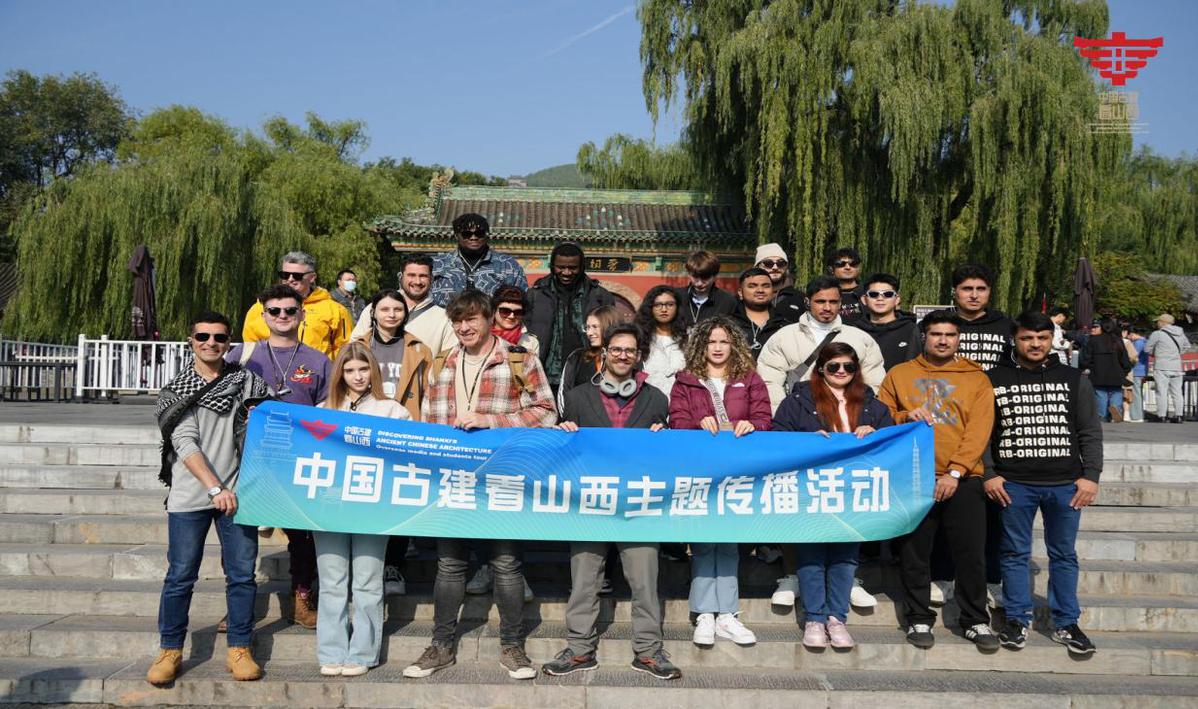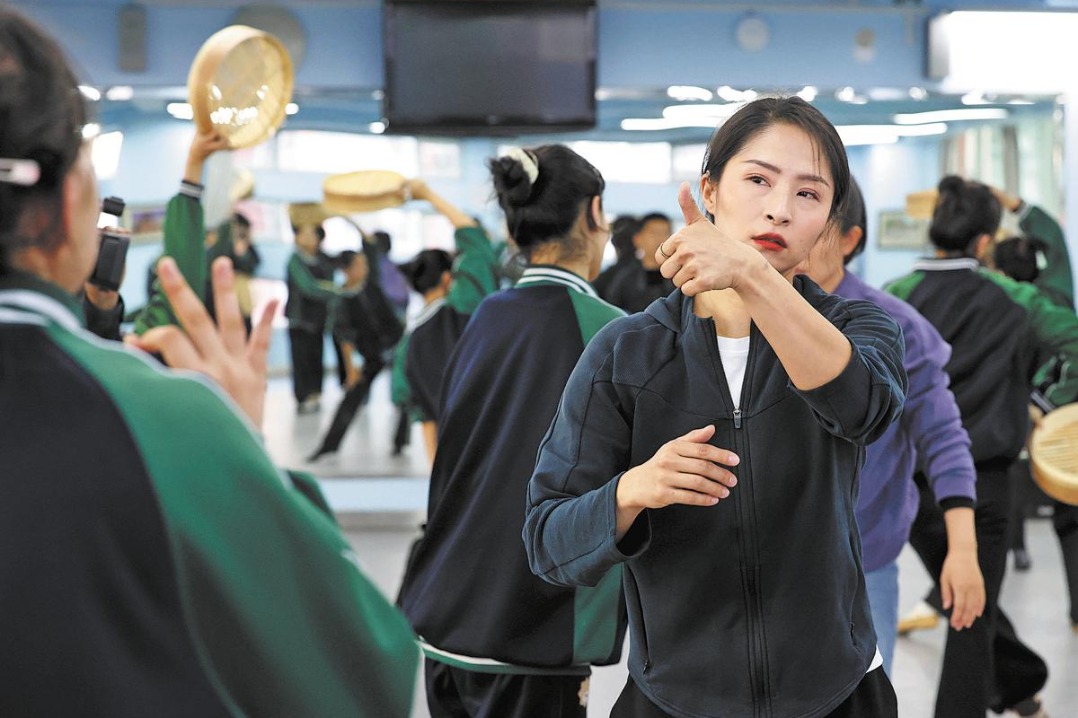Expats discover ancient architecture in Shanxi


A group of visitors from countries including the United States, the United Kingdom, France and Ukraine explored Jinci Temple Museum in Taiyuan, Shanxi province, on Oct 14, opening a window onto the timeless charm of ancient Chinese architecture.
As China's first AAA game, Black Myth: Wukong draws on the rich cultural elements of Jinci Temple Museum, featuring the Song Dynasty (960-1279) sculptures and intricate wooden dragons of its Shengmu (Holy Mother) Hall.
Through digital innovation, this millennium-old imperial site bridges ancient heritage with modern gaming, captivating audiences worldwide with China's architectural splendor.
Michael Rhys Card, a photographer from the UK, was immediately struck by the distinct roof and tile colors. "The hues here are unlike anything I've seen elsewhere. I'm eager to use my platforms to share this profound cultural aspect with a global audience," he said.
Alexander Short, a UK influencer, had already developed an interest in Shanxi's ancient buildings through the popular game Black Myth: Wukong.
However, seeing the real-life structures left him in awe. "The level of detail and authenticity is beyond what I imagined. It's a far cry from the virtual world," he said.
- China-Russia joint patrol reflects mutual resolve on regional security
- Rednote ban undermines freedom, harms interests of Taiwan people: mainland spokesman
- Shantou fire death toll rises to 12
- Former Chinese official Qizhala being prosecuted for bribery
- China launches Lijian 1 rocket, sending 9 satellites into orbit
- 'Trend' voted word of 2025 across Taiwan Strait




































